Gross fatbergs clogging sewers as Australians flush the wrong things
Giant, disgusting ‘fatbergs’ are lurking in our sewers as Australians continue to flush a wild mix of items down the toilet, causing a costly and putrid problem right beneath our feet
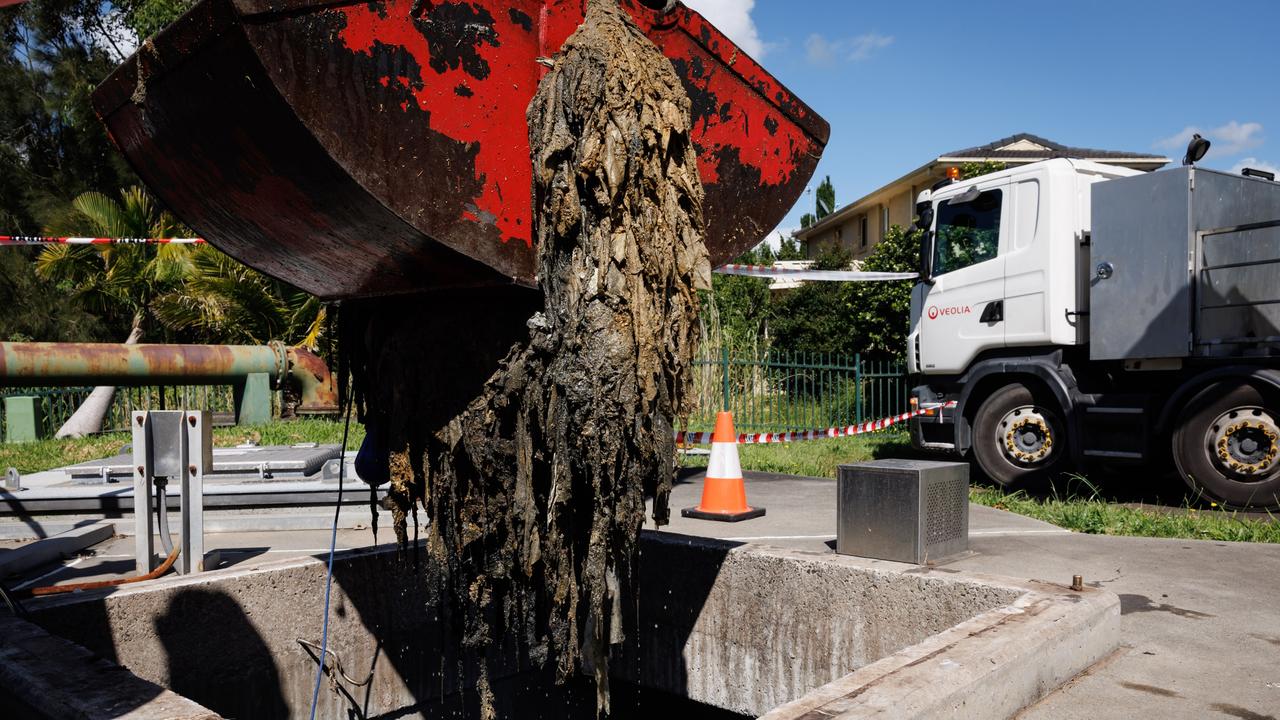
READING LEVEL: GREEN
Gross “fatbergs” have been clogging up our sewerage systems as a result of Australians flushing all the wrong things down the toilet.
A fatberg is a large mass of solid waste that gets stuck together with fat and clogs up a sewage pipe.
Council workers in NSW and Victoria have found a long list of bizarre items that have stuck together to become fatbergs after being wrongly flushed down the toilet. The news comes as Queensland and South Australia continue to battle their own fatberg problems.
While wet wipes and tissues have been the most common problem, Sydney Water crews have also been pulling out other strange objects, such as golf balls and false teeth as well as car keys and crayons.
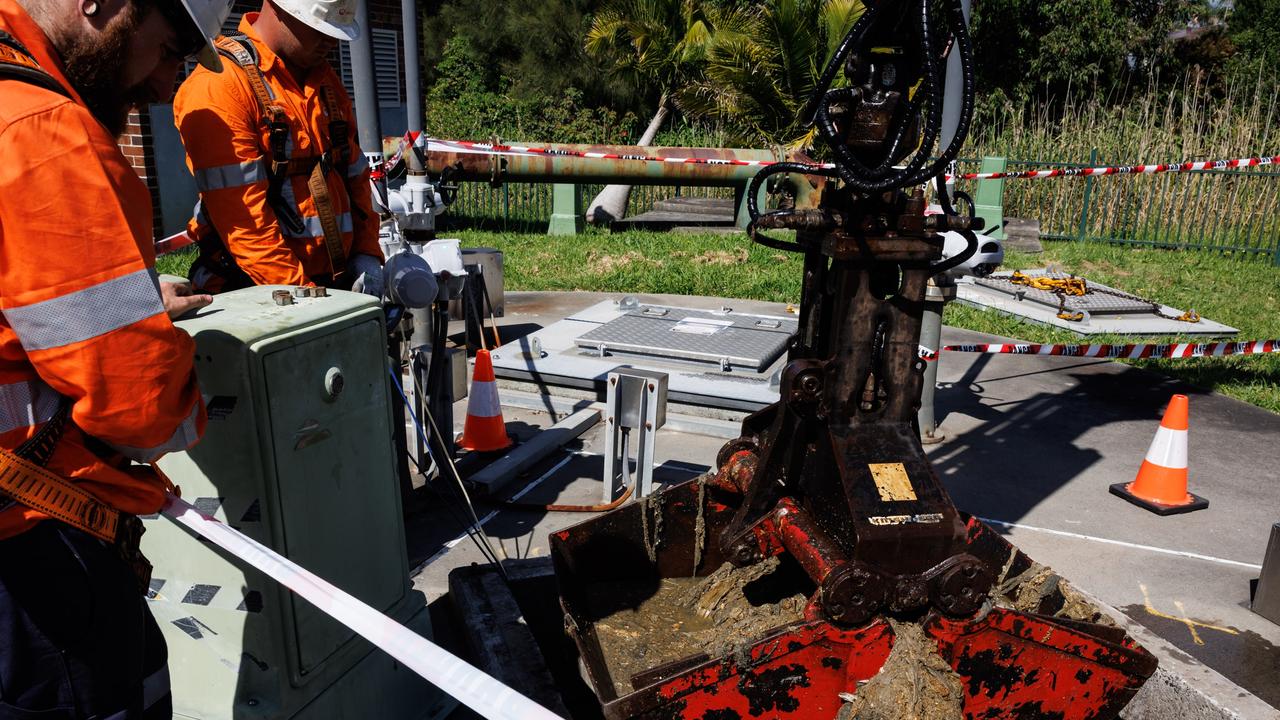
Crews in Sydney have been called out 3700 times to unblock sewage pipes over the past four months after the city experienced a 12 per cent increase in blockages in one year.
One blockage was caused by a kayak, which was thought to have made its way into the network through an open sewer pipe.
Vapes have also been found in fatbergs after being flushed down the toilet, proving they are bad for the environment as well as being bad for everyone’s health.
In Victoria, crews worked hard to dislodge a mammoth 10m long and one metre wide fatberg in the regional city of Geelong.
Barwon Water general manager smart and sustainable infrastructure David Snadden said the size of the blockage and its location in a sewer nearly 30m below ground made it difficult to clear.

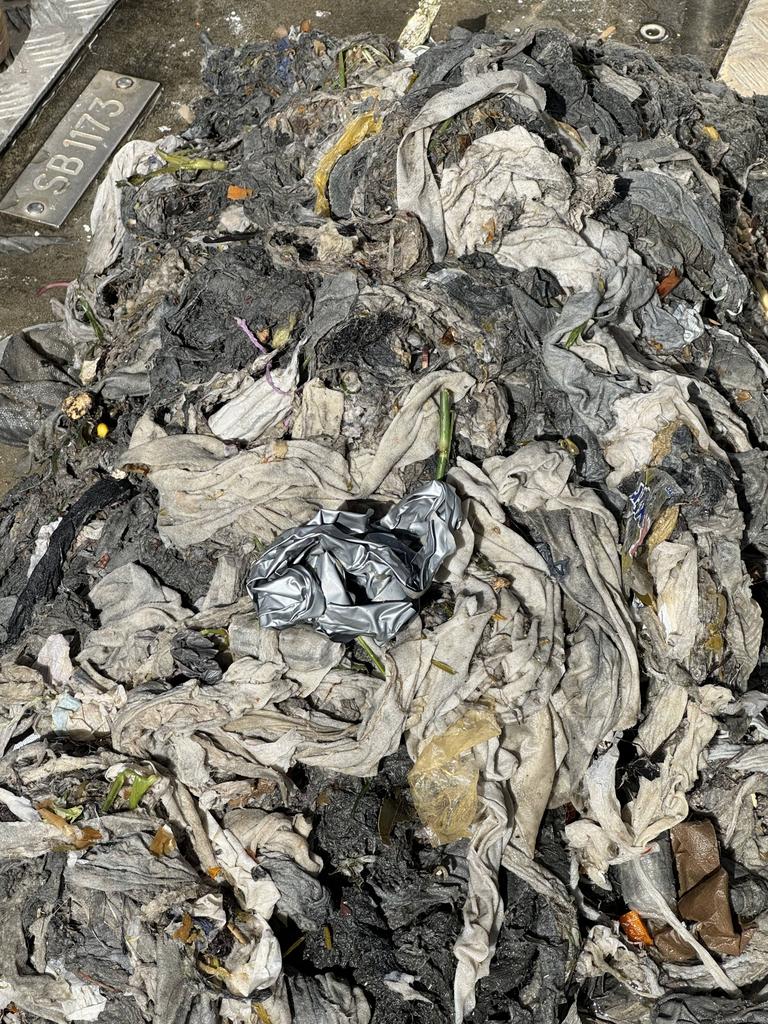
Mr Snadden said the blockage had been caused by a build up of wet wipes, fats, sanitary items and other rubbish that should never be flushed down a toilet.
Mr Snadden said blockages such as these were time-consuming and costly to fix – and were completely avoidable.
He said blockages could also lead to sewage spilling into people’s properties or the environment.
During the toilet paper shortage of 2020 brought about by the Covid-19 pandemic, a one tonne fatberg made of rags was found blocking a Brisbane sewerage pipe while a 42 tonne fatberg took nine hours to dislodge from a Melbourne sewer.
Sydney Water Wastewater and Environment director Iain Fairbairn said the problem could be solved by one simple action: putting a bin in the bathroom.

“My wish is that every single toilet in the country had a bin next to it,” Mr Fairbairn said.
“I just don’t think people think this stuff has an impact. If it disappears, flushes around the S-bend, they don’t think much beyond that.”
Sydney Water said about 75 per cent of sewer blockages involved rubbish that should have been put into the bin.
The blockages cost about $27 million a year to fix in Sydney and Sydney Water’s “toilet blockers anonymous” campaign has joined other states trying to make people think twice before putting anything other than the “3 Ps – Pee, Poo and Toilet Paper” down the loo.
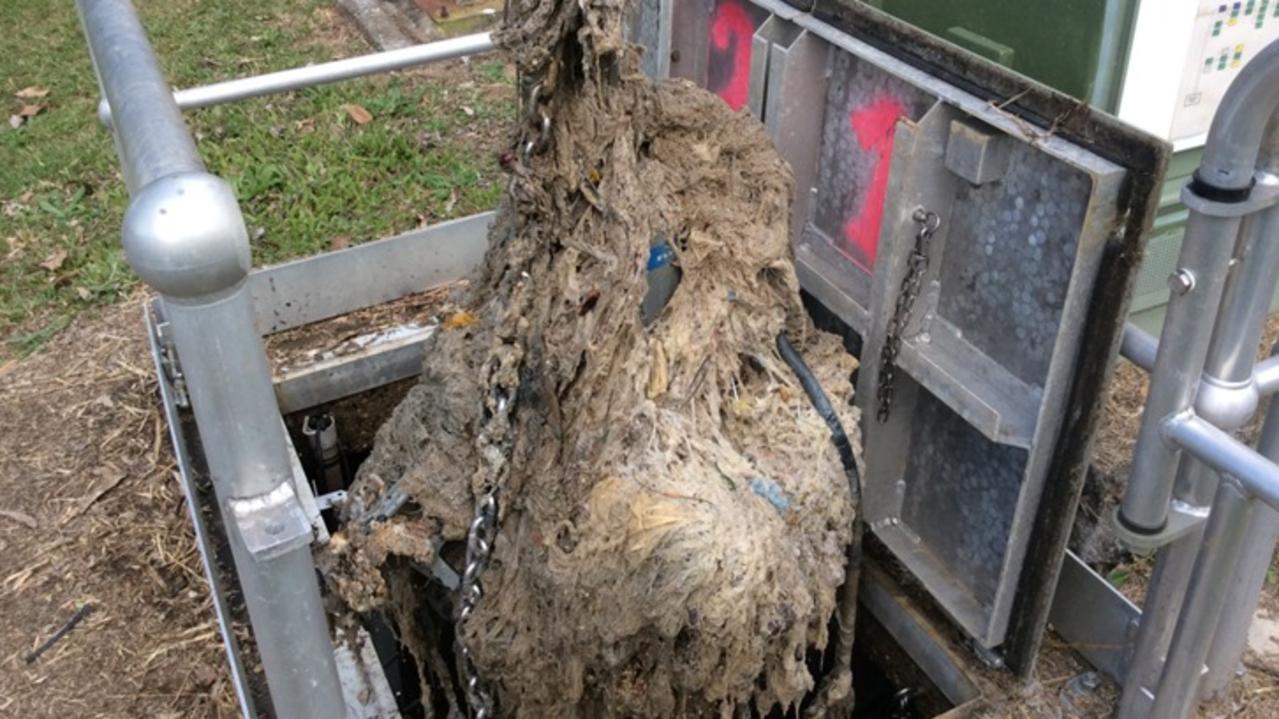
DOS AND DON’TS OF FLUSHING
If you or your family feel confused about what you can and can’t flush down the toilet, here are some dos and don’ts. And remember the three Ps!
- DO flush pee
- DO flush poo
- DO flush toilet paper
- DON’T flush tissues
- DON’T flush paper towels
- DON’T flush wet wipes
- DON’T flush sanitary items
- DON’T flush nappies
- DON’T flush kitty litter
- DON’T flush cotton pads
- DON’T flush anything other than pee, poo and toilet paper
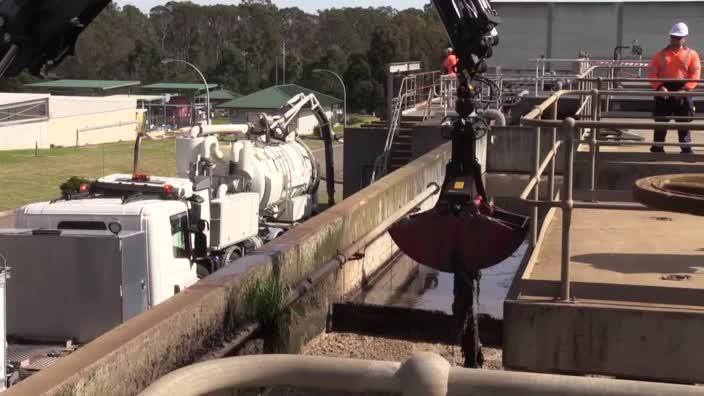
POLL
GLOSSARY
- infrastructure: physical systems that help the running of society, including roads, sewage and water pipes
- dislodge: remove something that is stuck
- S-bend: the S-shaped bend in the pipe under a toilet
EXTRA READING
Giant, smelly fish draws a crowd
Plague of ‘zombie’ pee champions
How poo will help power Sydney
QUICK QUIZ
1. What causes “fatbergs” to form?
2. What are two items that you should never flush down the toilet?
3. How much does it cost Sydney Water to remove sewer blockages each year?
4. What are the 3 Ps?
5. What is one simple thing we can do to prevent against blocking the sewage system?
LISTEN TO THIS STORY
CLASSROOM ACTIVITIES
1. Pee, poo and paper jingle
Work with a partner and come up with a catchy jingle (a short slogan, verse, or tune designed to be easily remembered, especially as used in advertising) for the only things that should be flushed down a toilet. Write your jingle, come up with a tune that matches and then, if you’re comfortable, perform it for your class.
As a class, judge the most catchy jingle that local councils and water companies could use in an advertising campaign.
Time: allow 25 minutes to complete this activity
Curriculum Links: English, The Arts, Personal and Social, Critical and Creative Thinking
2. Extension
Are there bins in your toilets at school and at your home? If you could invent a mechanism that rejects anything that shouldn’t be flushed down a toilet, what would it be? Outline your idea below.
Time: allow 10 minutes to complete this activity
Curriculum Links: English, Design and Technologies, Personal and Social, Critical and Creative Thinking
VCOP ACTIVITY
Read this!
A headline on an article – or a title on your text – should capture the attention of the audience, telling them to read this now. So choosing the perfect words for a headline or title is very important.
Create three new headlines for the events that took place in this article. Remember, what you write and how you write it will set the pace for the whole text, so make sure it matches.
Read out your headlines to a partner and discuss what the article will be about based on the headline you created. Discuss the tone and mood you set in just your few, short words. Does it do the article justice? Will it capture the audience’s attention the way you hoped? Would you want to read more?
Consider how a headline or title is similar to using short, sharp sentences throughout your text. They can be just as important as complex ones. Go through the last text you wrote and highlight any short, sharp sentences that capture the audience.

